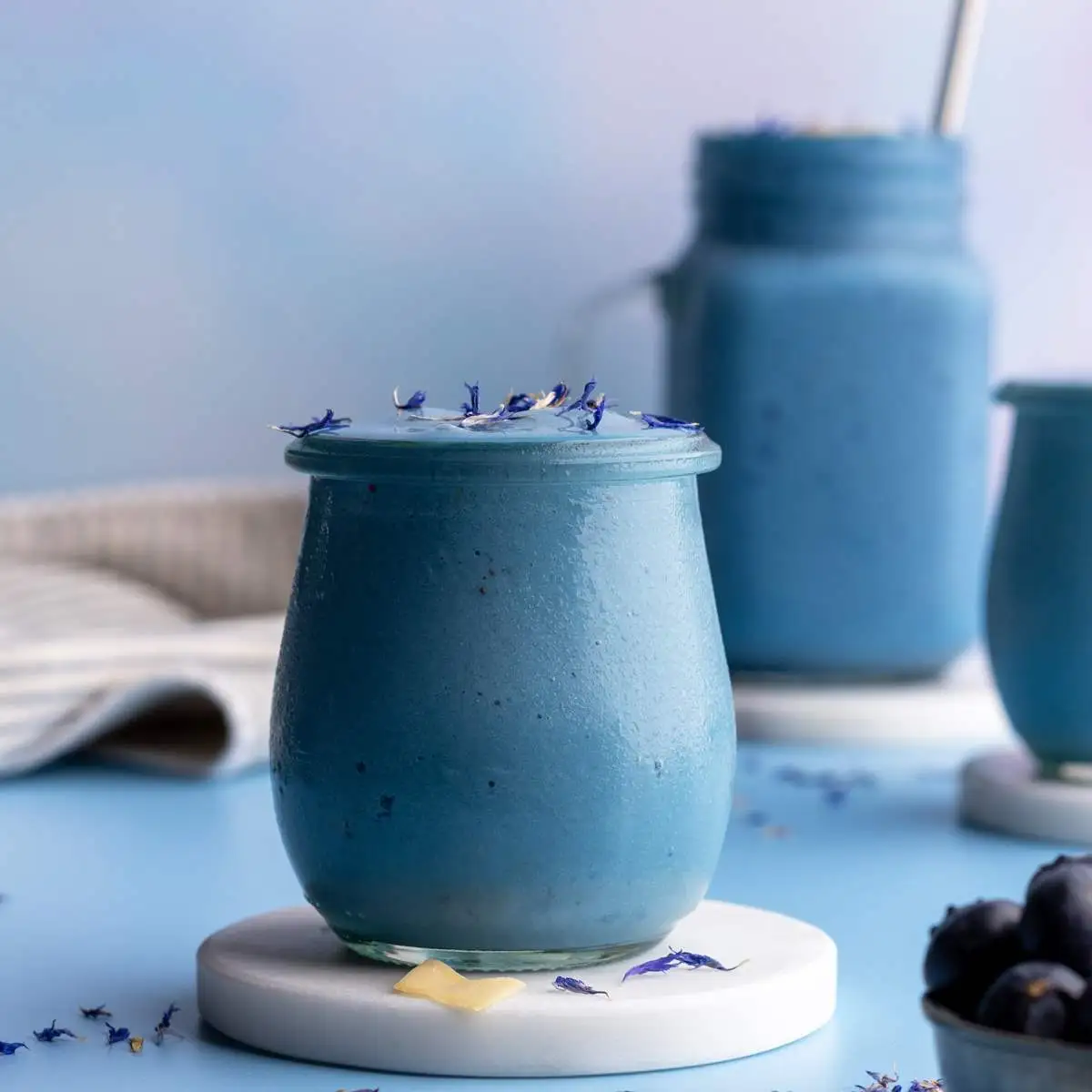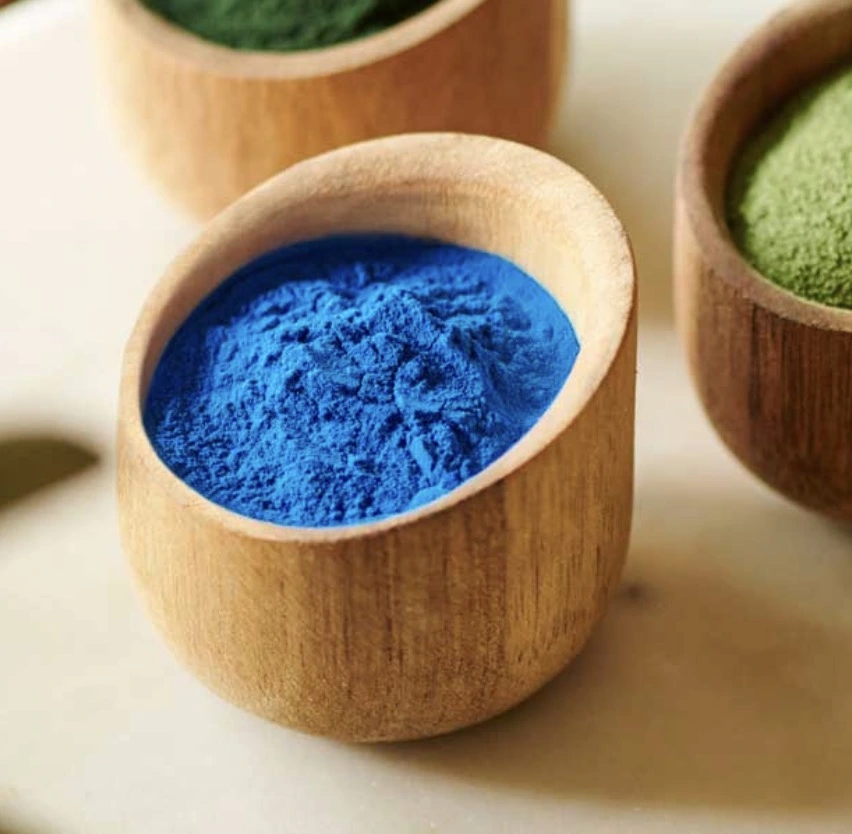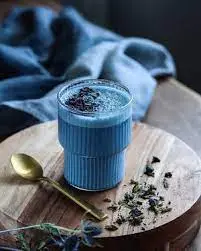Why Red Grape Skin Powder E163(ii) Is Gaining Popularity in the Food Industry?
The food industry is constantly evolving, with manufacturers always on the lookout for innovative ingredients that can enhance their products while meeting consumer demands for natural and healthier options. One such ingredient that has been gaining significant traction in recent years is Red Grape Skin Powder E163(ii). This natural food colorant, derived from grape skins, is revolutionizing the way food products are colored and formulated. In this comprehensive exploration, we'll delve into the reasons behind the surging popularity of Red Grape Skin Powder E163(ii) and its impact on the food industry.
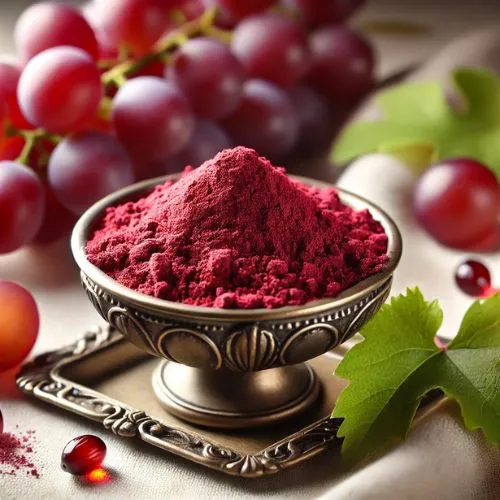
How Red Grape Skin Powder E163(ii) Enhances Food Products?
Red Grape Skin Powder E163(ii), also known as grape skin extract or anthocyanins, is a natural food colorant that offers a multitude of benefits to food manufacturers and consumers alike. Its ability to impart vibrant red to purple hues to various food products makes it an invaluable asset in food formulation.
One of the primary advantages of Red Grape Skin Powder E163(ii) is its versatility. This natural colorant can be utilized in a wide array of food applications, including beverages, dairy products, confectionery, and baked goods. Its solubility in water allows for easy incorporation into liquid-based products, while its powder form makes it suitable for dry mixes and seasonings.
Beyond its coloring properties, Red Grape Skin Powder E163(ii) also contributes to the nutritional profile of food products. Grape skins are rich in polyphenols, particularly anthocyanins, which are known for their potent antioxidant properties. By incorporating this natural colorant, food manufacturers can enhance the nutritional value of their products, appealing to health-conscious consumers.
Moreover, Red Grape Skin Powder E163(ii) exhibits excellent stability across a range of pH levels and processing conditions. This stability ensures that the vibrant color remains intact throughout the product's shelf life, maintaining visual appeal and consumer satisfaction. The natural origin of this colorant also aligns with the clean label trend, allowing manufacturers to simplify their ingredient lists and appeal to consumers seeking more natural products.

The Growing Demand for Natural Food Colorants
The surge in popularity of Red Grape Skin Powder E163(ii) is closely tied to the broader trend of consumer preference for natural ingredients. As awareness of health and wellness continues to grow, consumers are increasingly scrutinizing food labels and opting for products with clean, recognizable ingredients.
Synthetic food colorants, once ubiquitous in the food industry, have faced mounting scrutiny due to concerns about potential health risks and environmental impact. This shift in consumer sentiment has catalyzed a significant movement towards natural alternatives, with Red Grape Skin Powder E163(ii) emerging as a frontrunner in this category.
The clean label movement has further amplified the demand for natural colorants like Red Grape Skin Powder E163(ii). Consumers are seeking transparency in food labeling and are more likely to choose products with simple, natural ingredients they can understand. By utilizing Red Grape Skin Powder E163(ii), food manufacturers can bolster their clean label credentials and meet this growing consumer demand.
Additionally, the rise of plant-based and vegan diets has created a need for natural, plant-derived colorants that align with these dietary preferences. Red Grape Skin Powder E163(ii), being entirely plant-based, fits perfectly into this niche, allowing manufacturers to cater to a broader consumer base.
The functional benefits associated with anthocyanins, the primary compounds in Red Grape Skin Powder E163(ii), have also contributed to its increasing popularity. As consumers become more educated about the potential health benefits of these compounds, including their antioxidant and anti-inflammatory properties, the appeal of products containing natural grape skin extract has grown substantially.
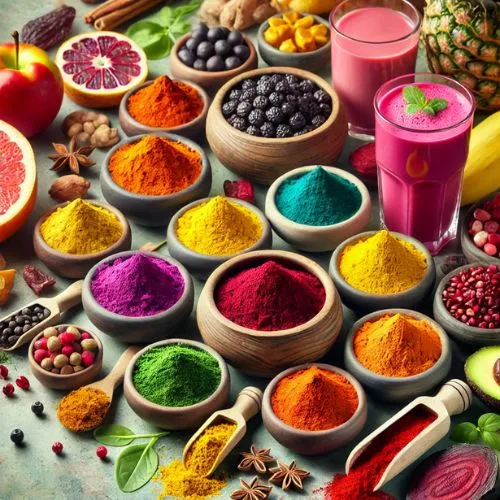
Red Grape Skin Powder E163(ii): A Sustainable Choice
Sustainability has become a crucial consideration in the food industry, with both consumers and manufacturers placing increased emphasis on environmentally friendly practices. Red Grape Skin Powder E163(ii) aligns perfectly with this focus on sustainability, offering several environmental benefits.
The production of Red Grape Skin Powder E163(ii) utilizes grape skins, a byproduct of wine and juice production that might otherwise go to waste. By repurposing this agricultural residue, the food industry can reduce waste and maximize resource efficiency. This upcycling approach not only minimizes environmental impact but also adds value to what was once considered a waste product.
Furthermore, the cultivation of grapes for Red Grape Skin Powder E163(ii) production can be integrated into existing agricultural systems, promoting biodiversity and sustainable farming practices. Compared to the production of synthetic colorants, which often involves energy-intensive processes and petrochemical-derived raw materials, the production of natural grape skin extract has a significantly lower environmental footprint.
The stability of Red Grape Skin Powder E163(ii) also contributes to its sustainability profile. Its ability to maintain color integrity throughout a product's shelf life reduces the likelihood of food waste due to premature color degradation. This stability can lead to extended product shelf life, potentially reducing food waste at both the retail and consumer levels.
As consumers become increasingly eco-conscious, the use of sustainable ingredients like Red Grape Skin Powder E163(ii) can enhance a brand's image and appeal. Many consumers are willing to pay a premium for products that align with their values, making the adoption of sustainable colorants a strategic business decision for food manufacturers.

Conclusion
The rising popularity of Red Grape Skin Powder E163(ii) in the food industry is a testament to its multifaceted benefits. From its versatile coloring properties and nutritional value to its alignment with clean label trends and sustainability goals, this natural colorant is poised to play an increasingly significant role in food formulation.
As consumer preferences continue to evolve towards more natural, healthier, and sustainable food options, ingredients like Red Grape Skin Powder E163(ii) will likely see even greater adoption across various food categories. Food manufacturers who embrace this trend and incorporate natural colorants into their products stand to gain a competitive edge in the market.
For more information about Red Grape Skin Powder E163(ii) and other natural plant extracts, please contact us at info@yanggebiotech.com. Our team of experts is ready to assist you in incorporating this versatile and beneficial ingredient into your food products.
References
1. Johnson, M. & Smith, K. (2022). "The Rise of Natural Colorants in the Food Industry: A Comprehensive Review." Journal of Food Science and Technology, 58(4), 789-805.
2. García-Lomillo, J. & González-SanJosé, M. L. (2021). "Grape Skin Extract as a Natural Food Colorant: Stability and Applications." Critical Reviews in Food Science and Nutrition, 61(15), 2542-2558.
3. Peterson, L. et al. (2023). "Consumer Perceptions and Preferences for Natural Food Colorants: A Global Market Analysis." International Journal of Consumer Studies, 47(2), 301-317.
4. Yamamoto, H. & Tanaka, R. (2022). "Sustainability in Food Coloration: From Synthetic to Natural Alternatives." Sustainable Food Production and Processing, 9(3), 145-162.
5. Anderson, C. & Brown, D. (2023). "The Impact of Clean Label Trends on Food Formulation and Consumer Behavior." Food Quality and Preference, 103, 104721.

Based on your location and order quantity, you will have the opportunity to receive a limited time free shipping promotion!
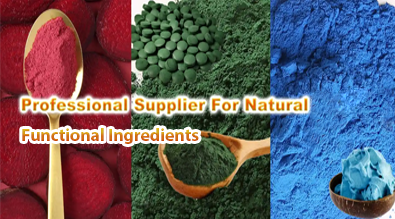
Who we are
